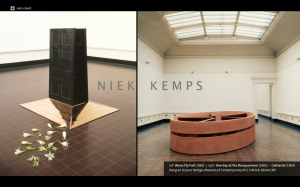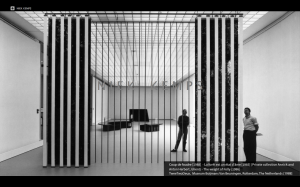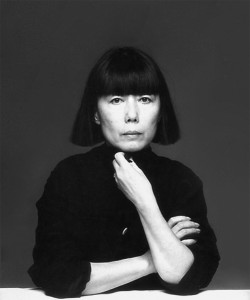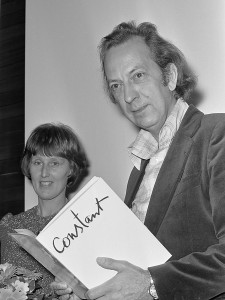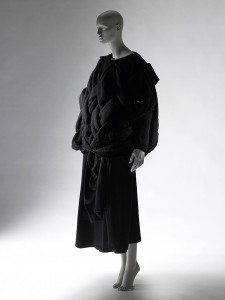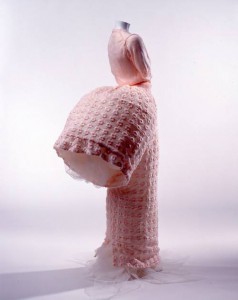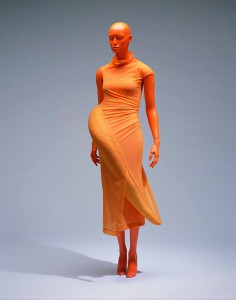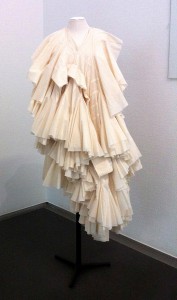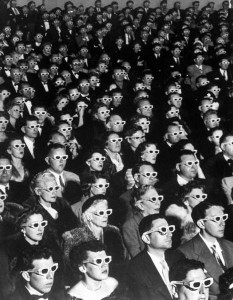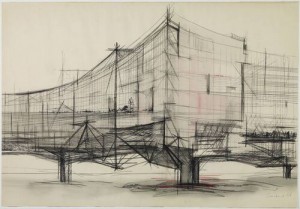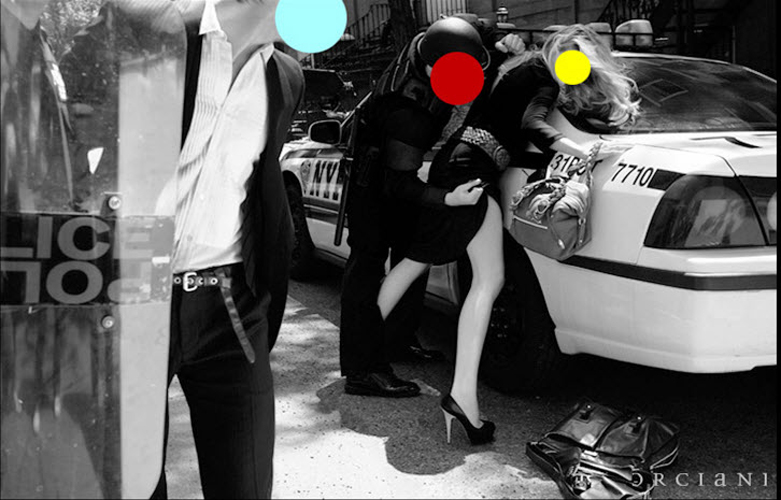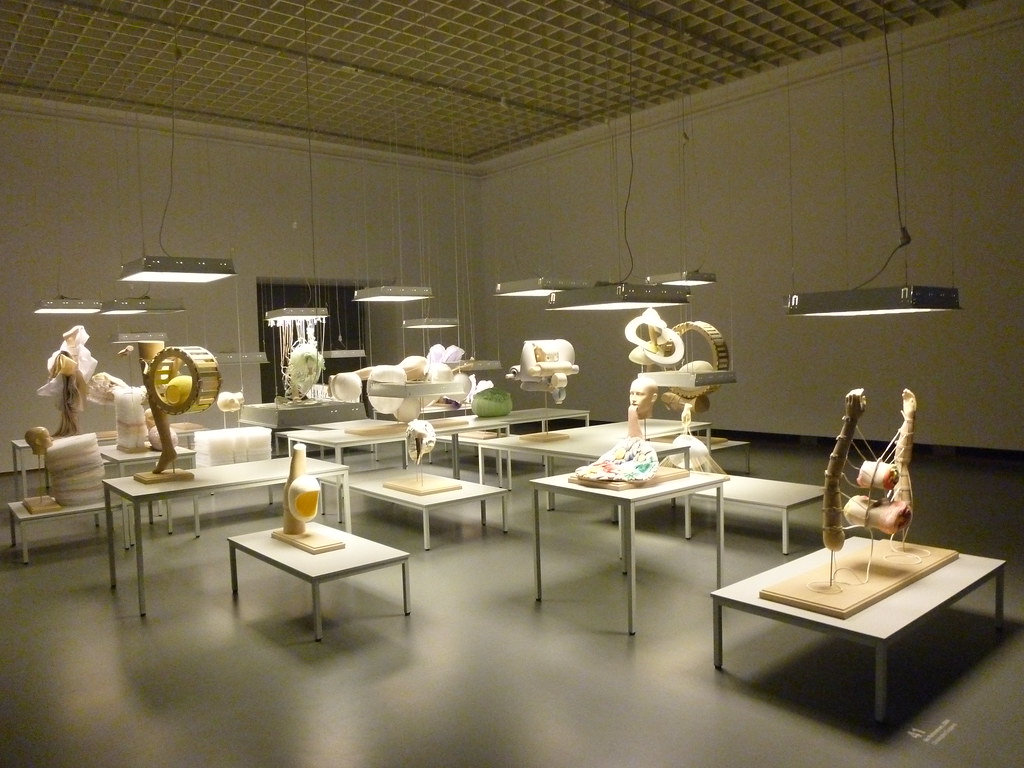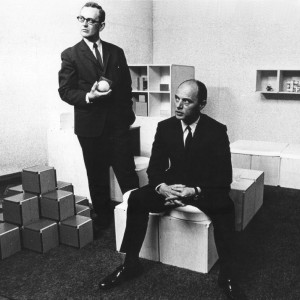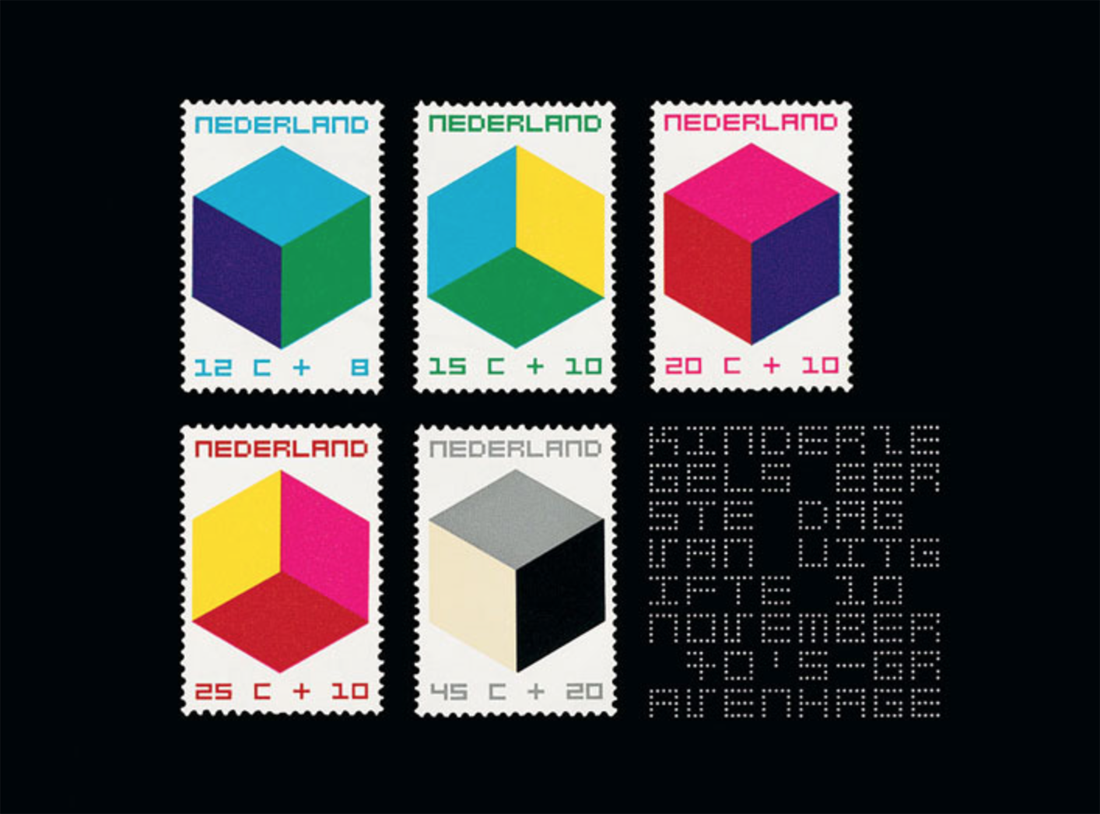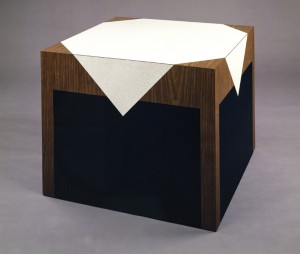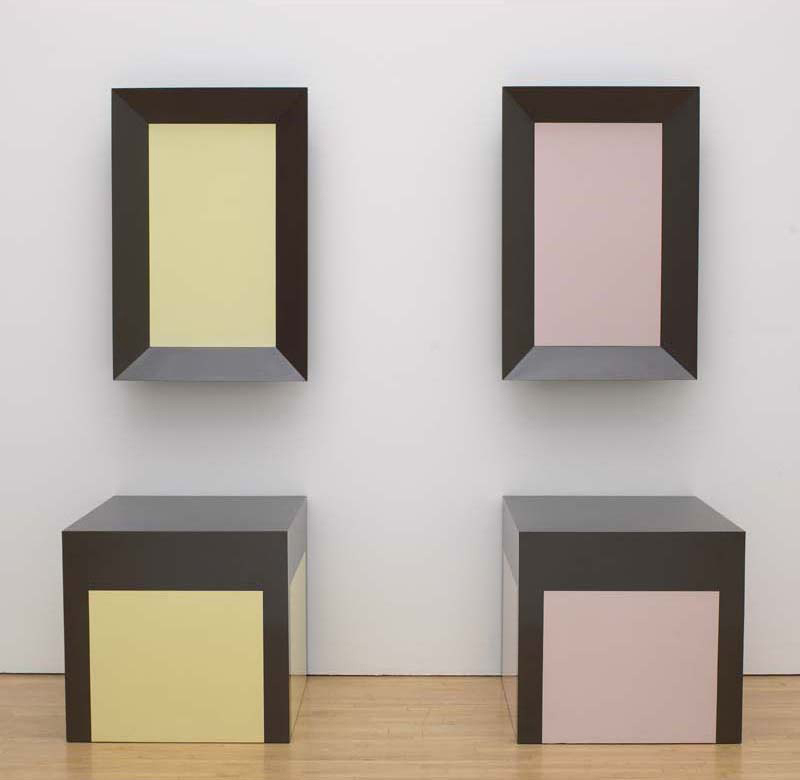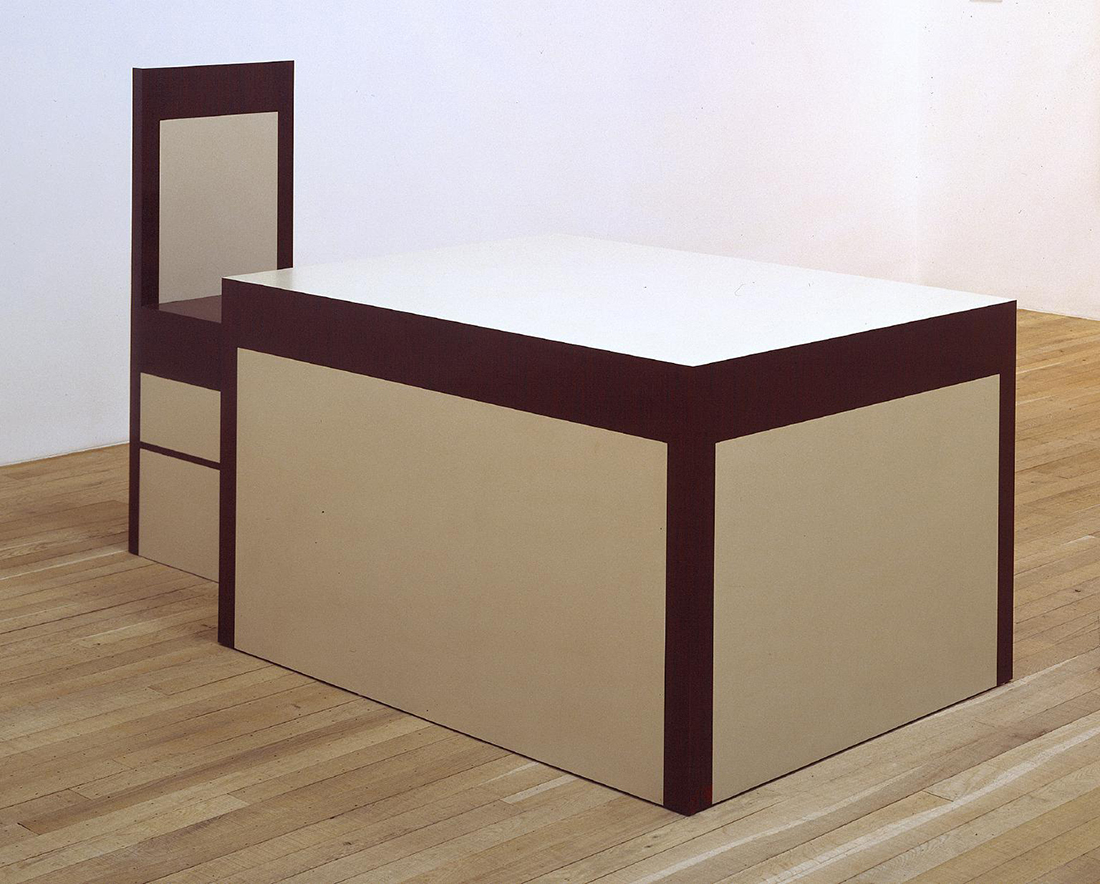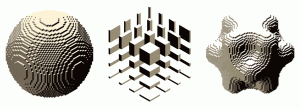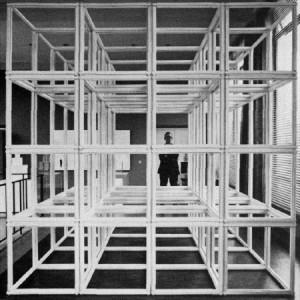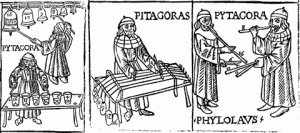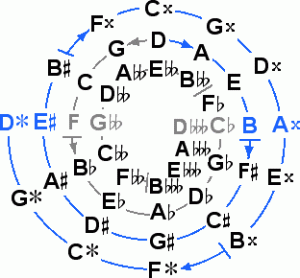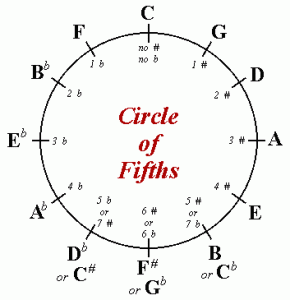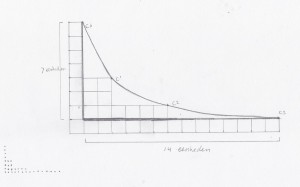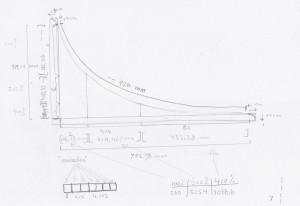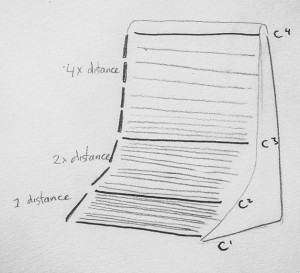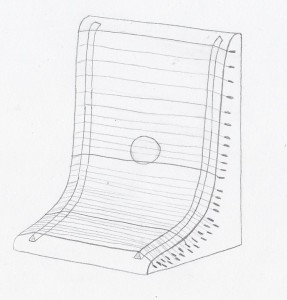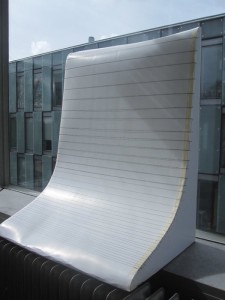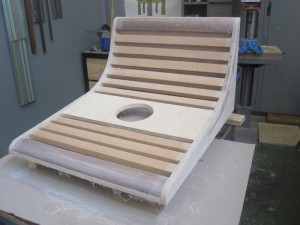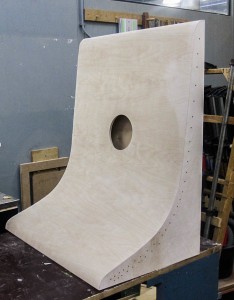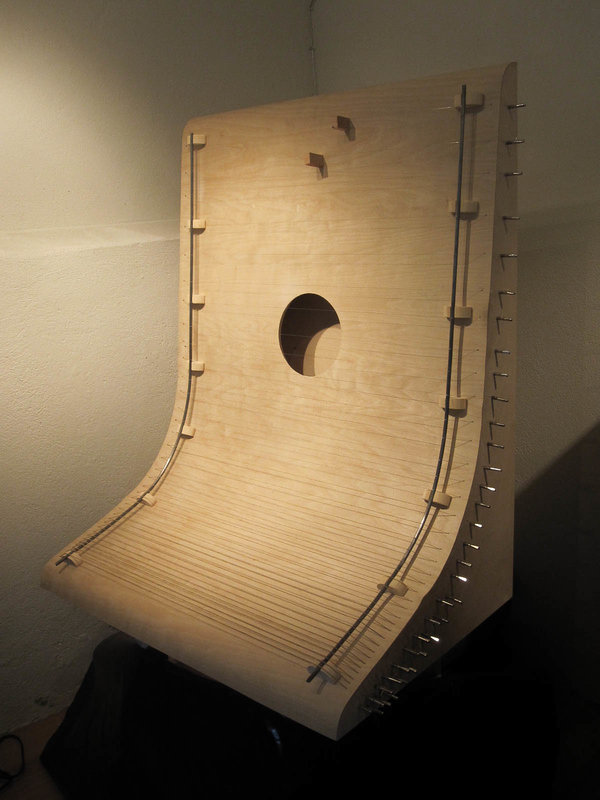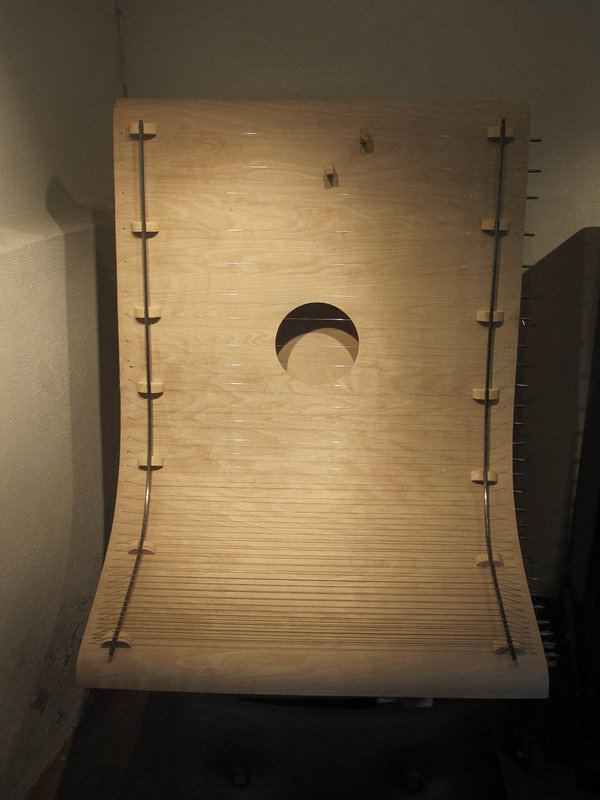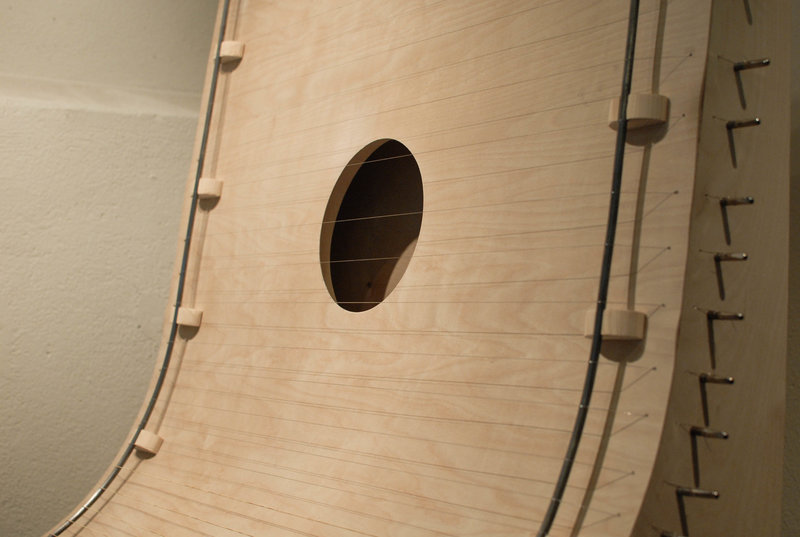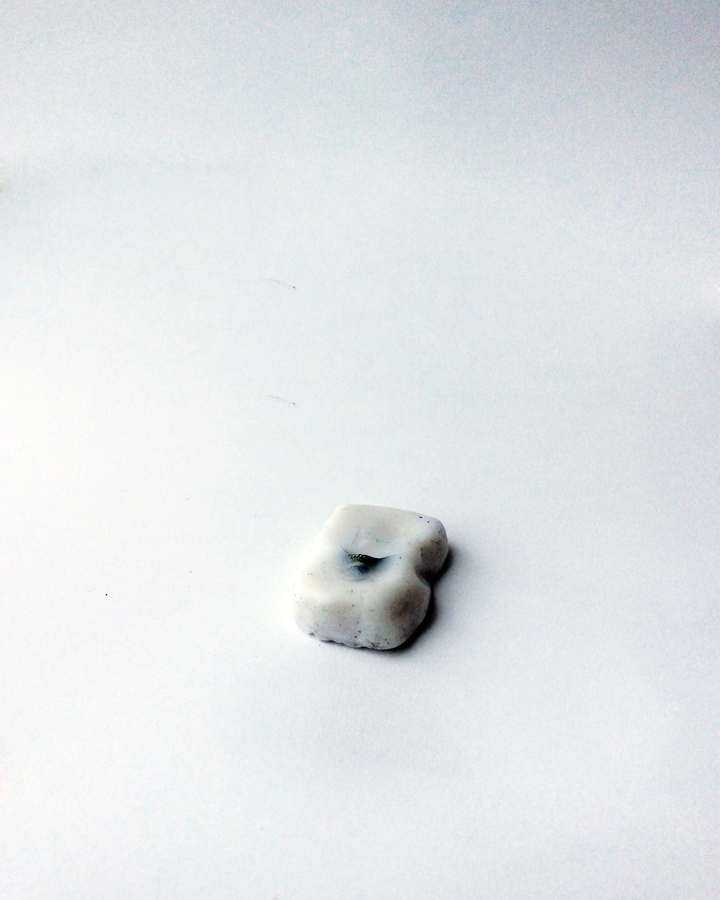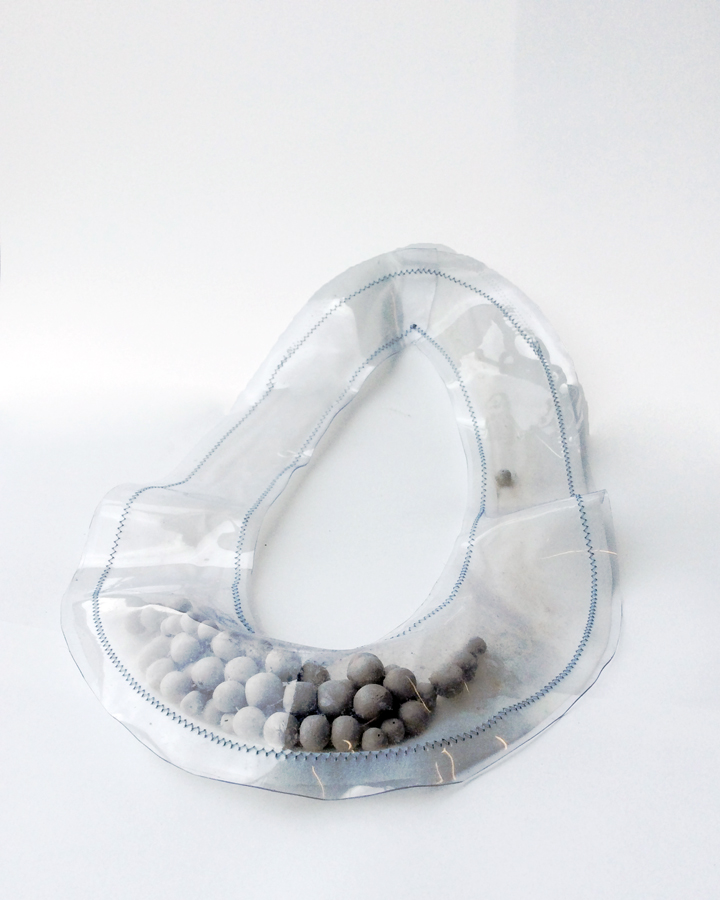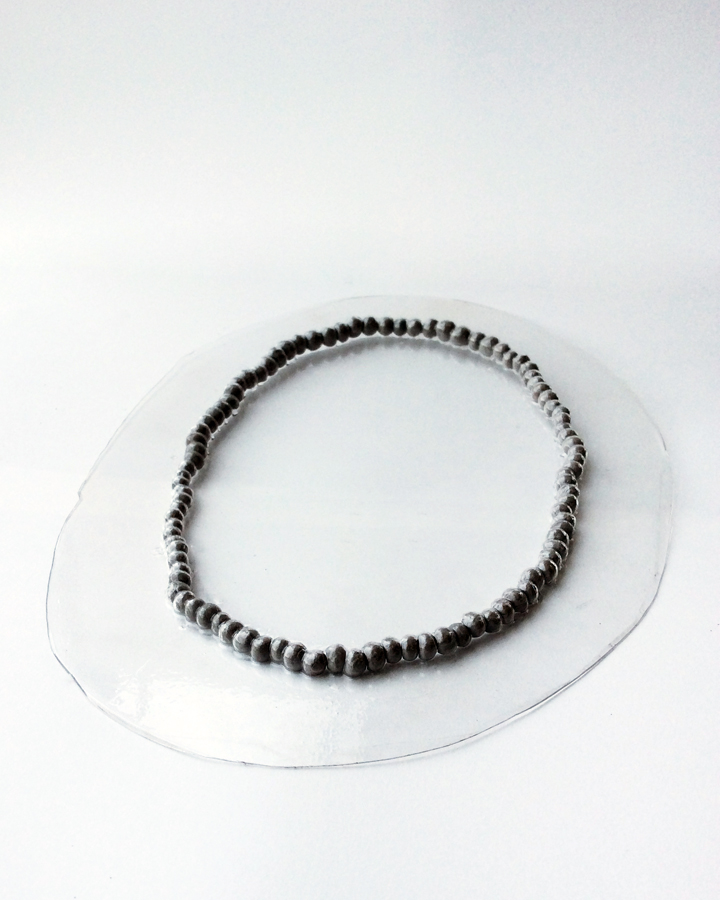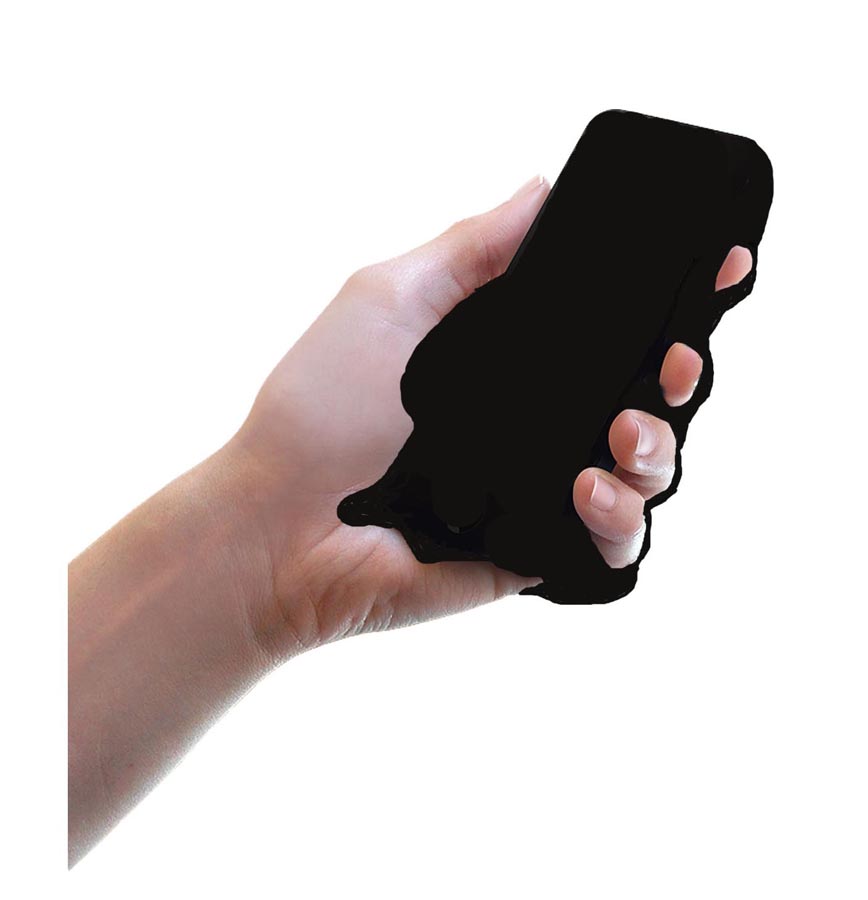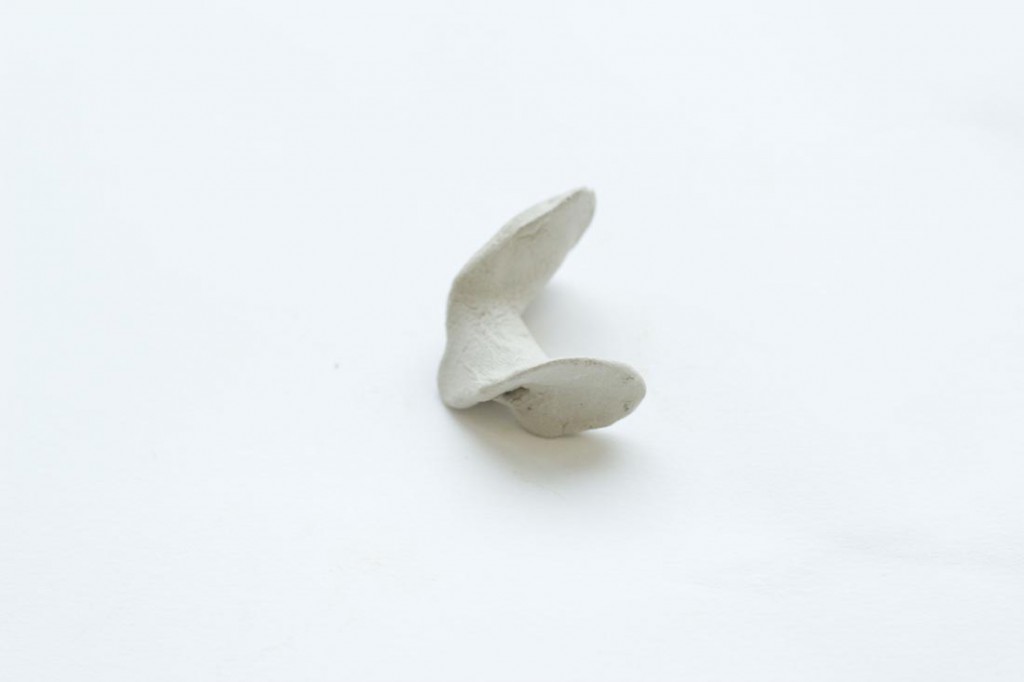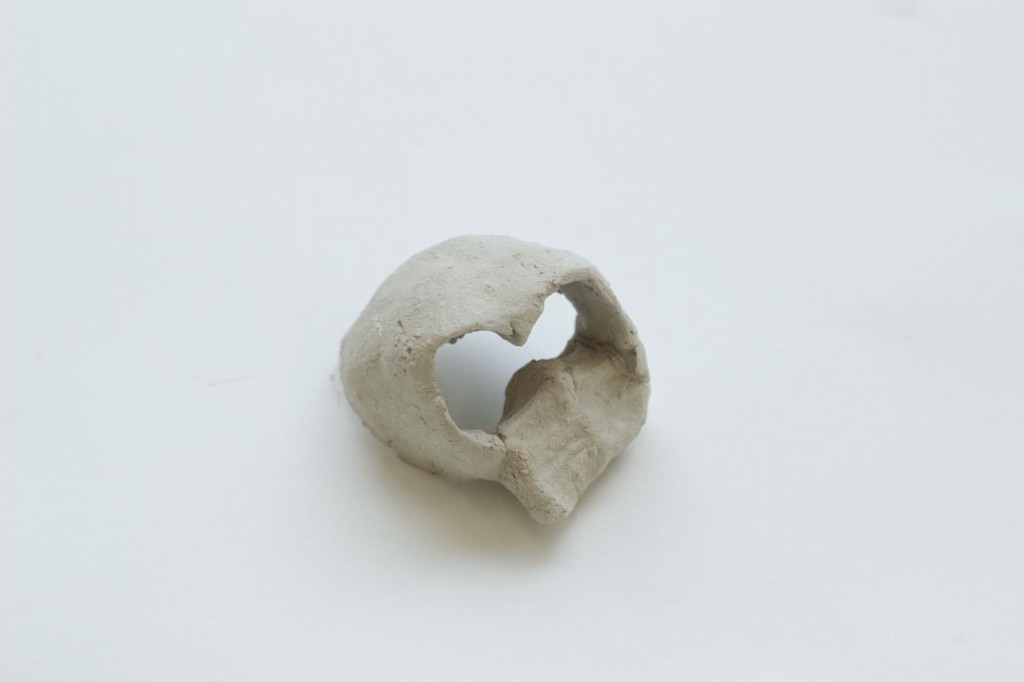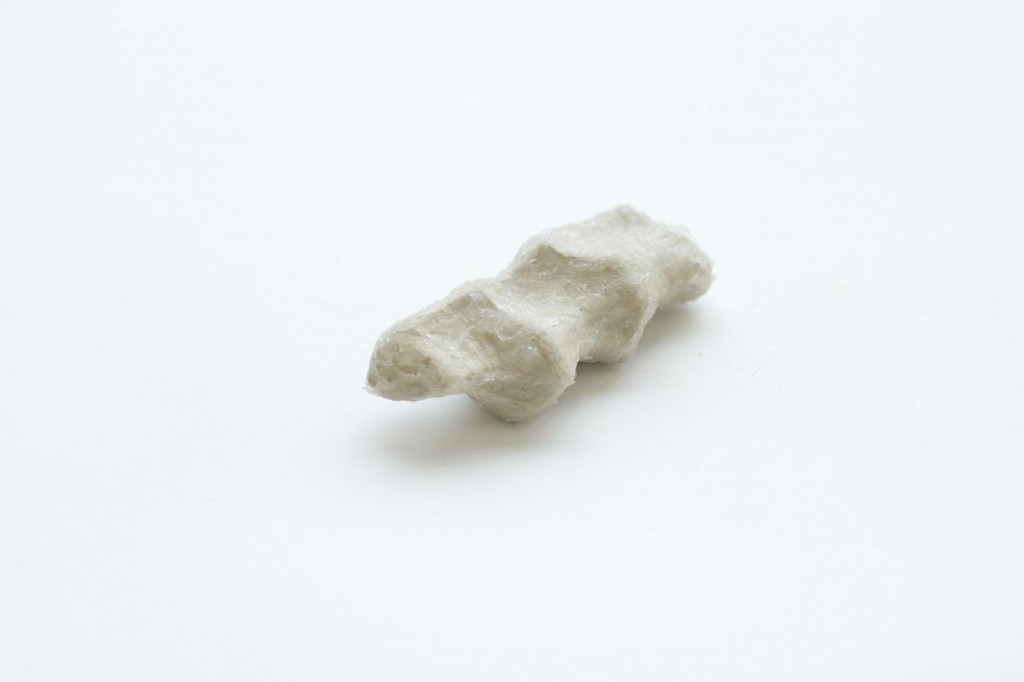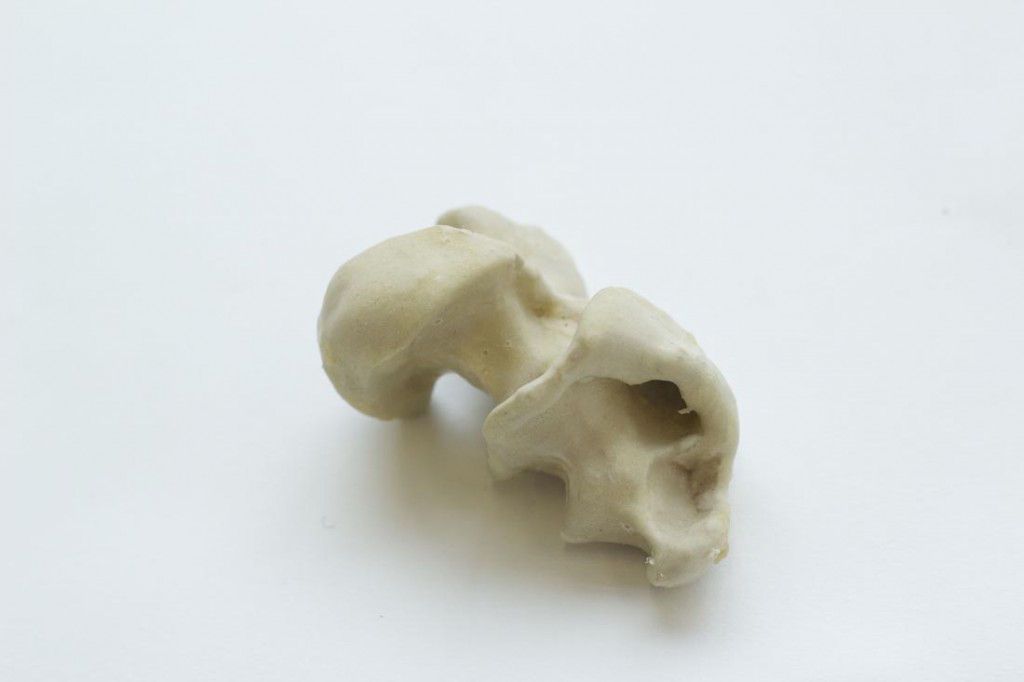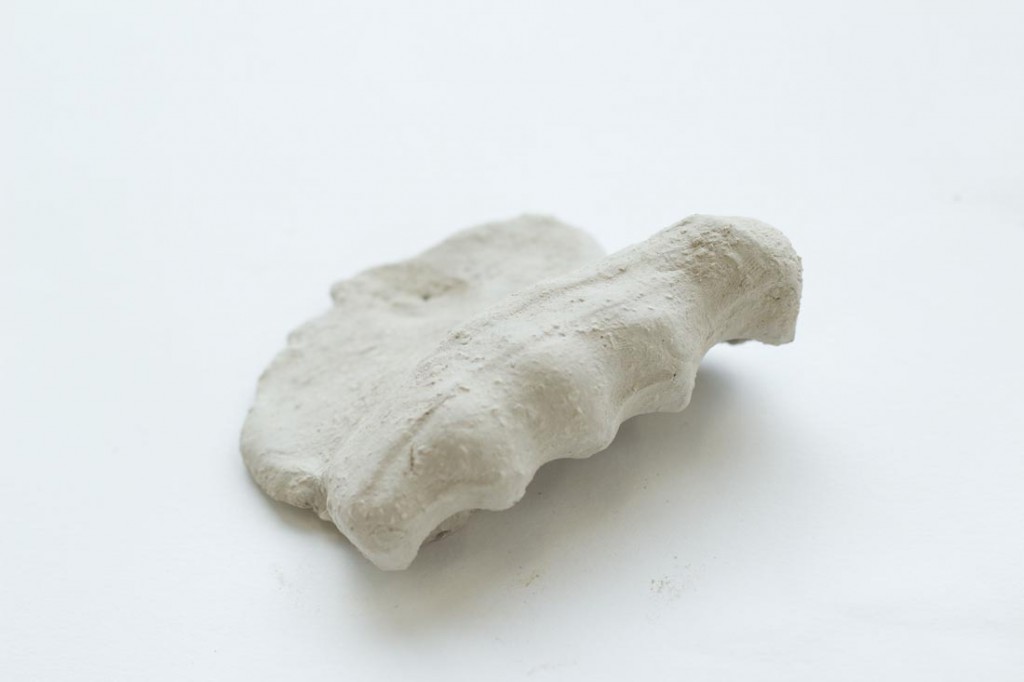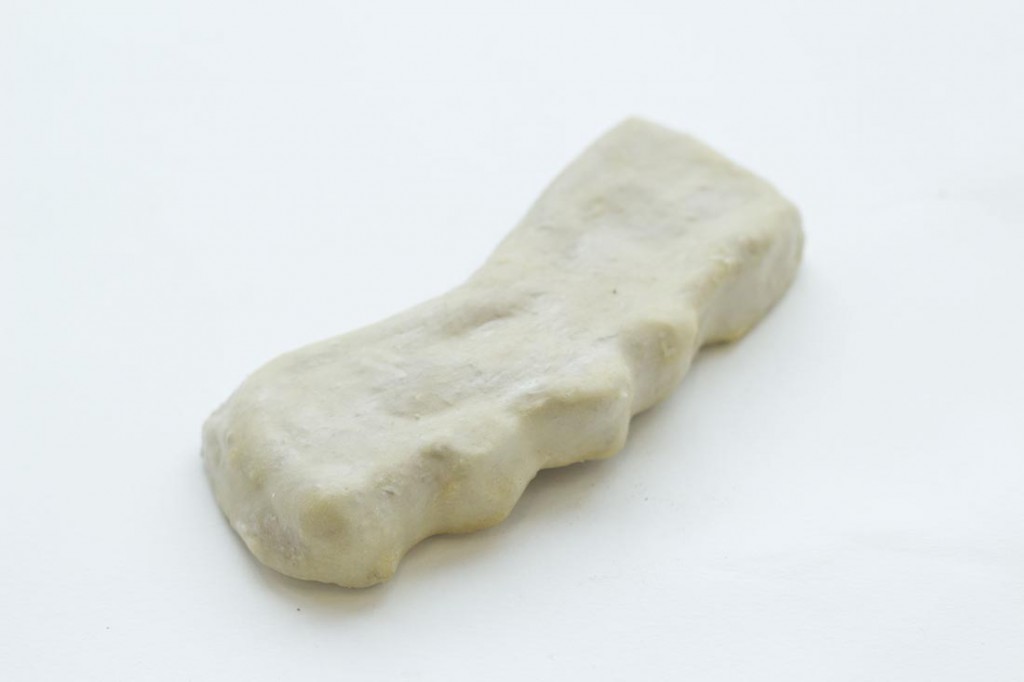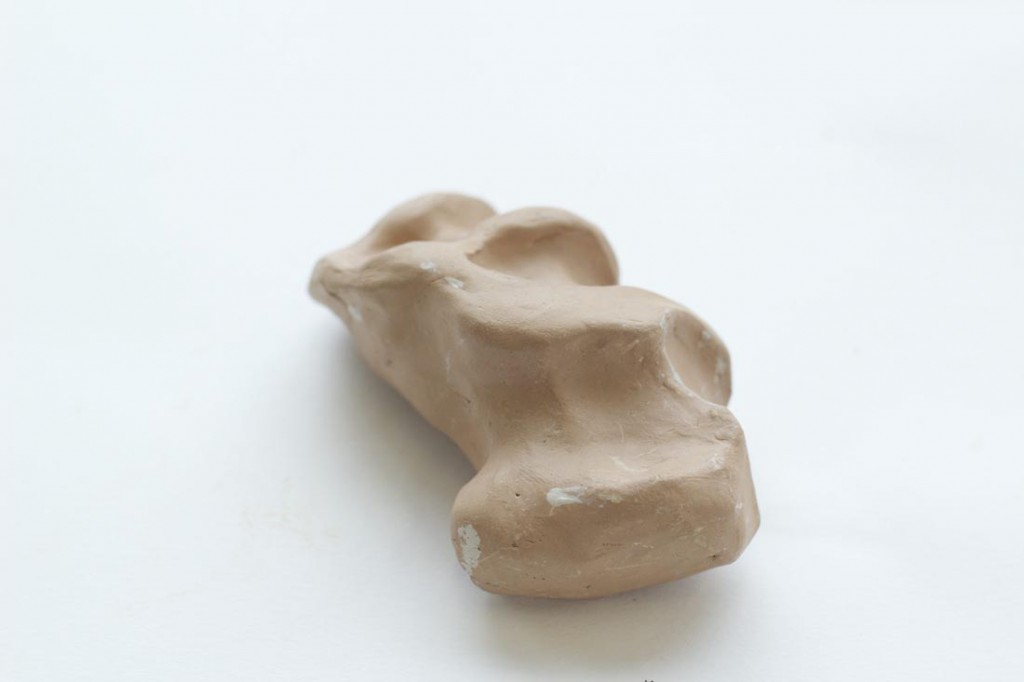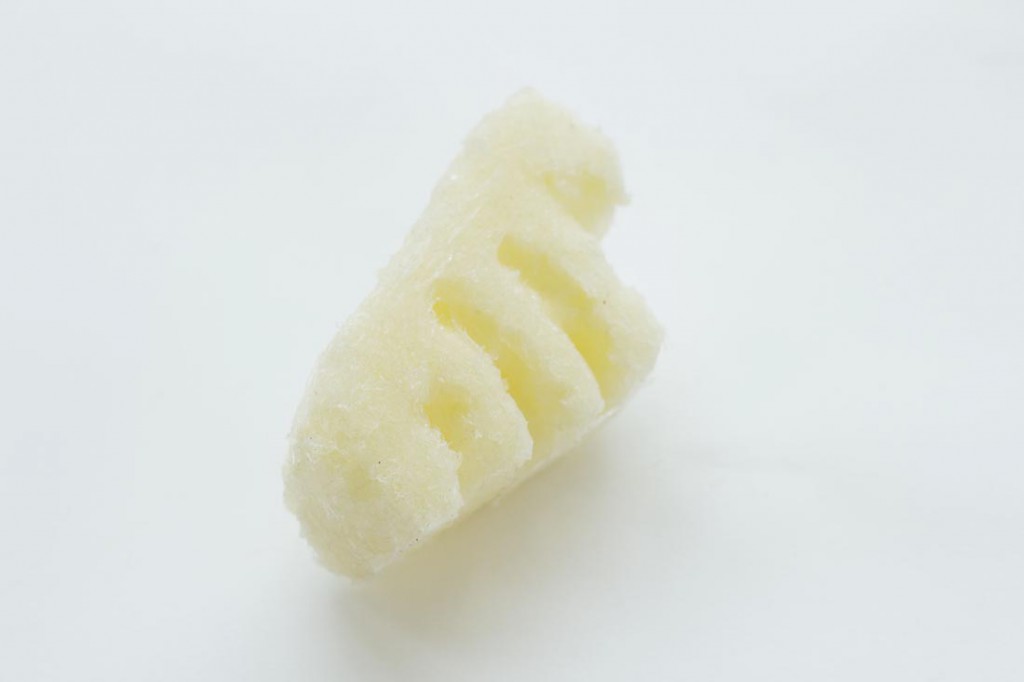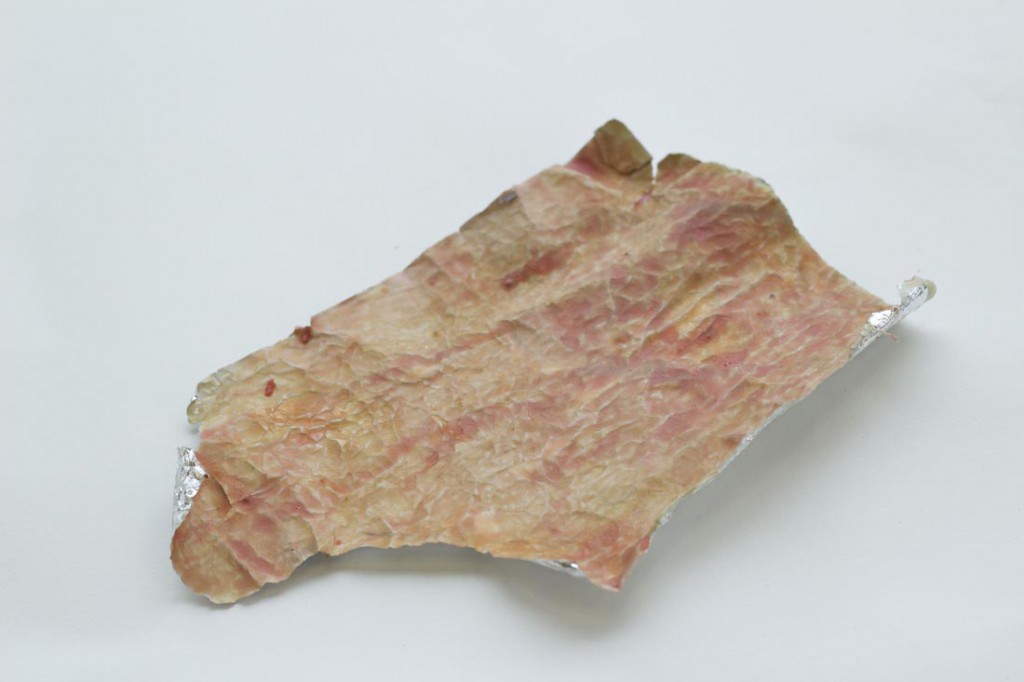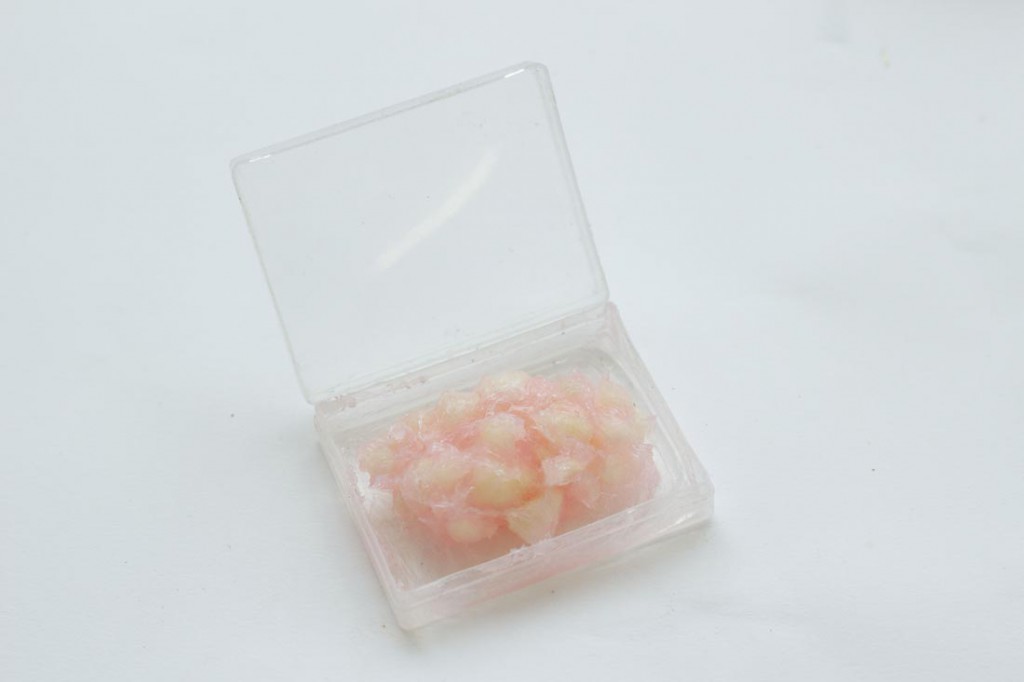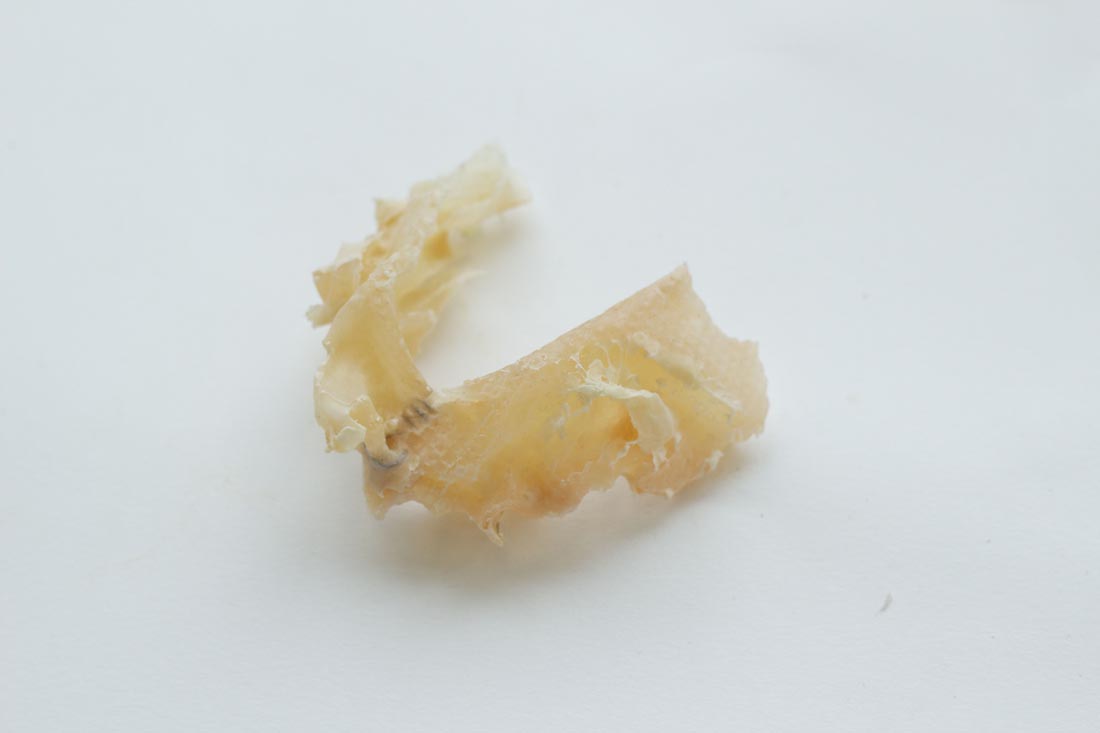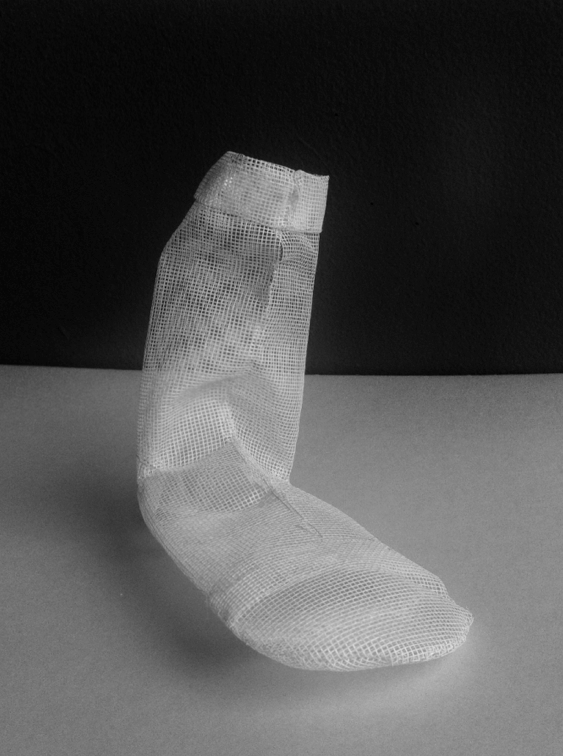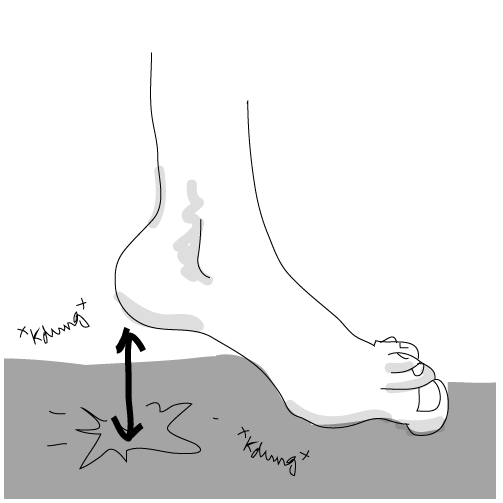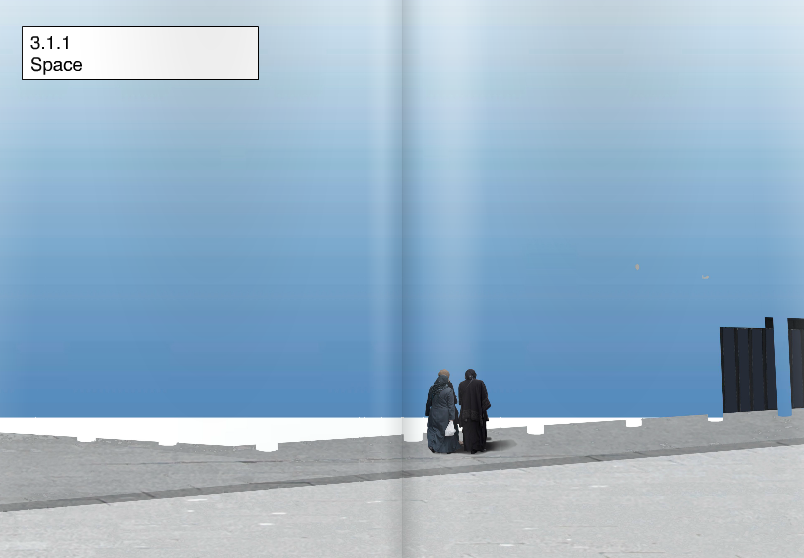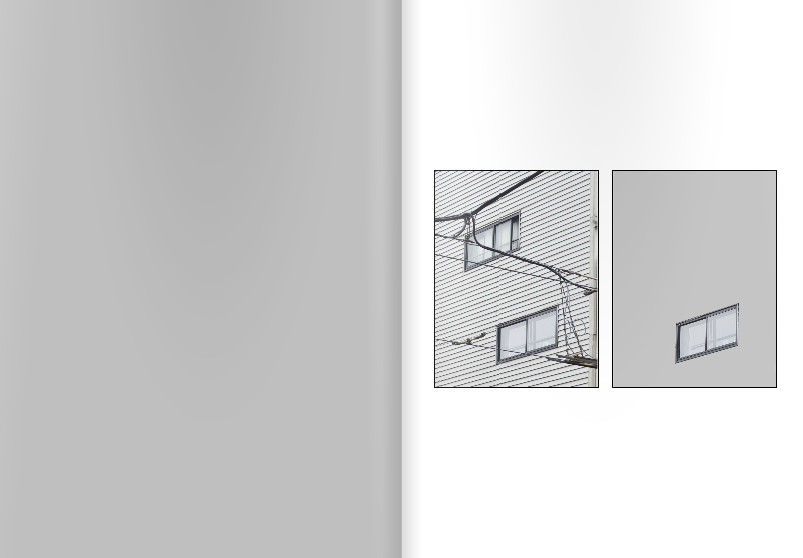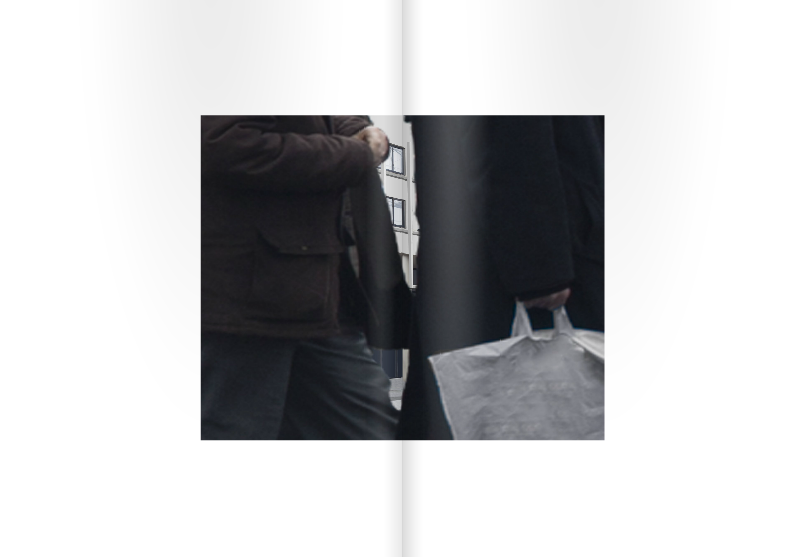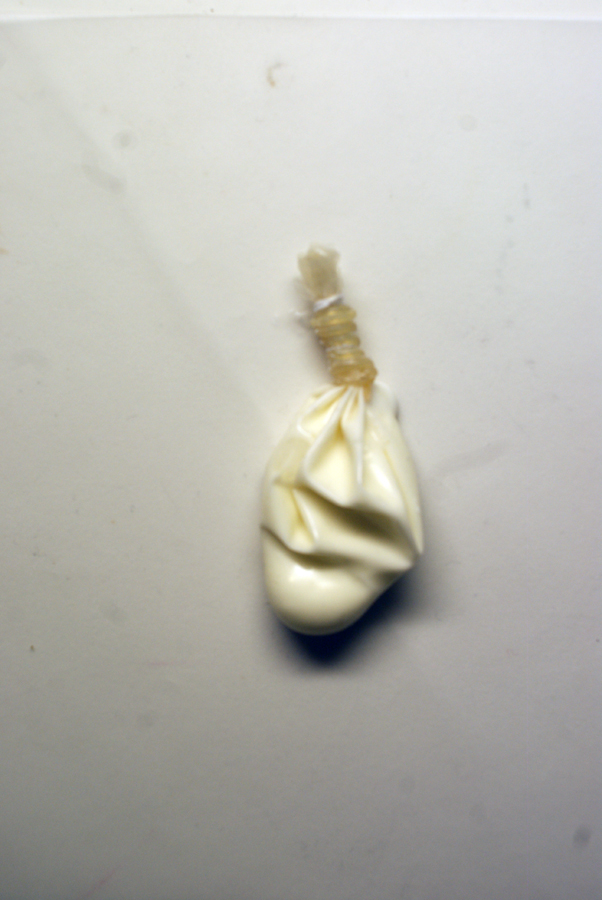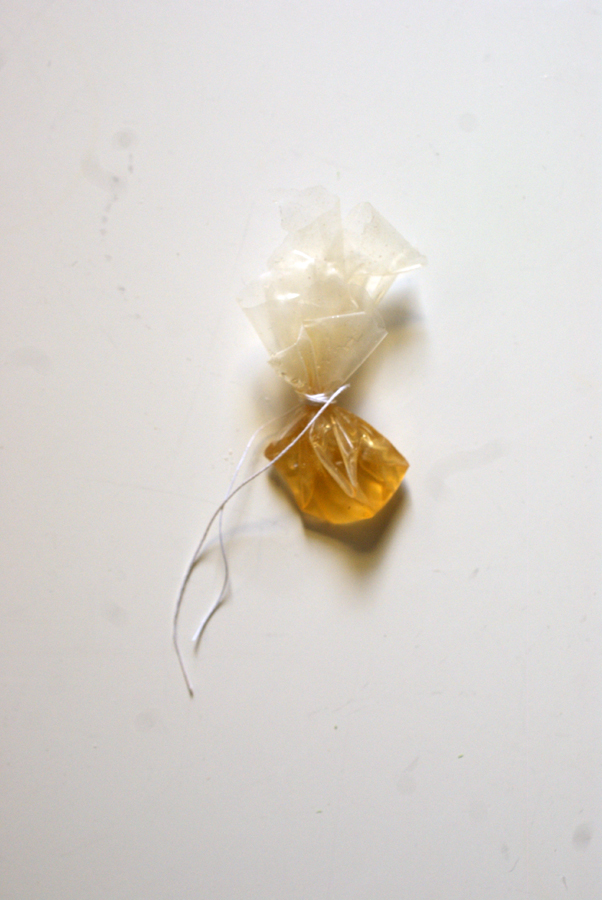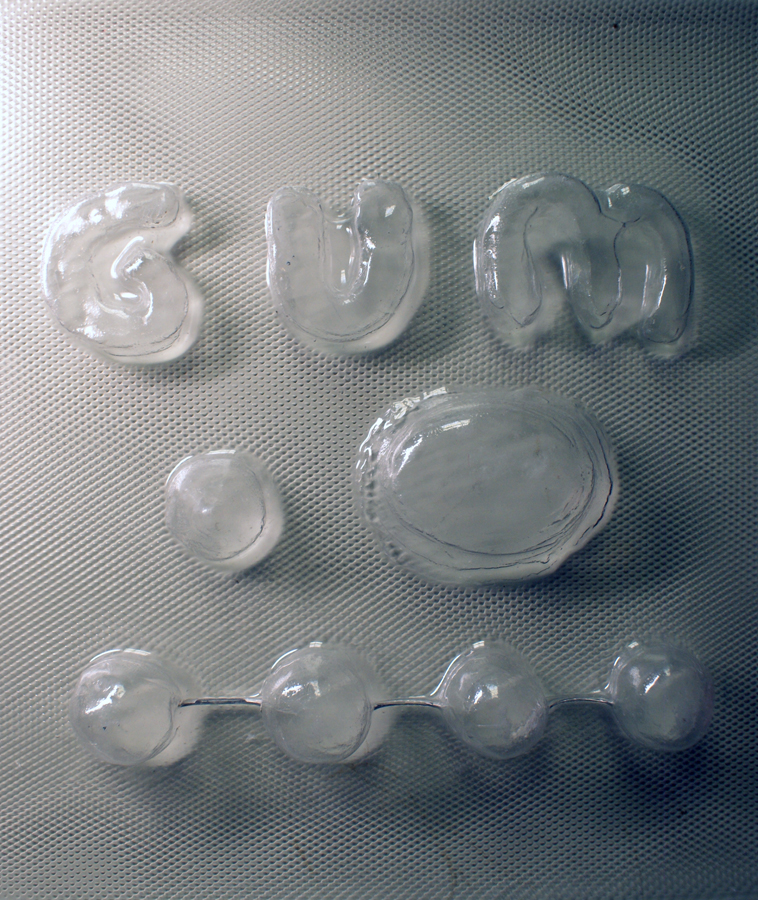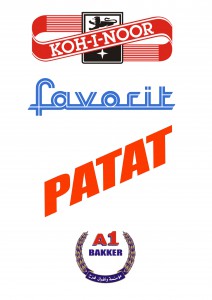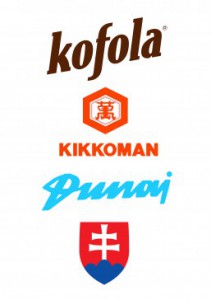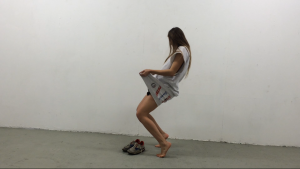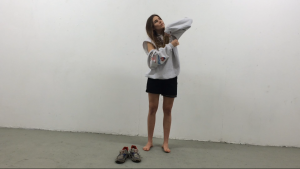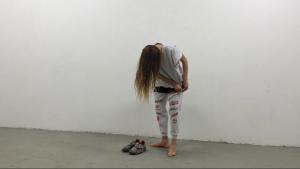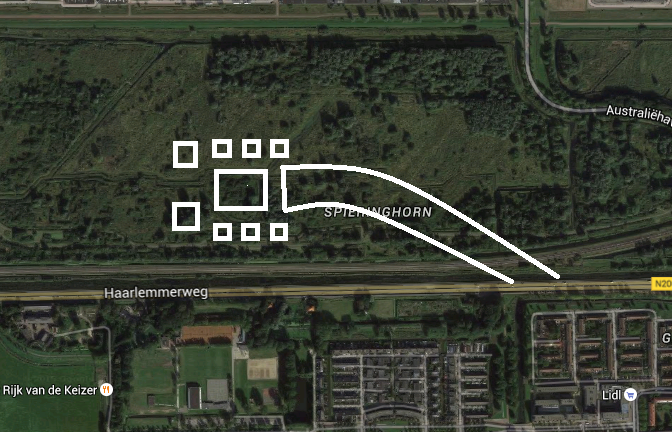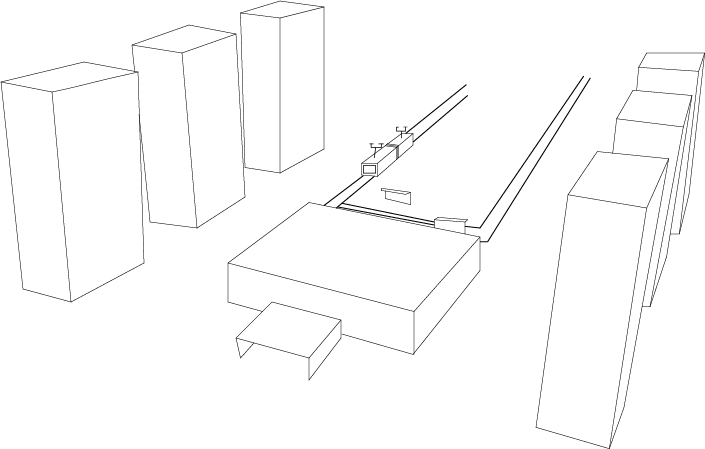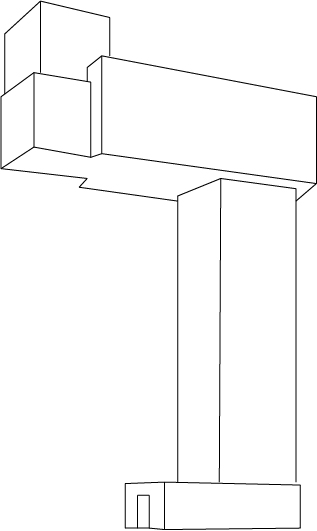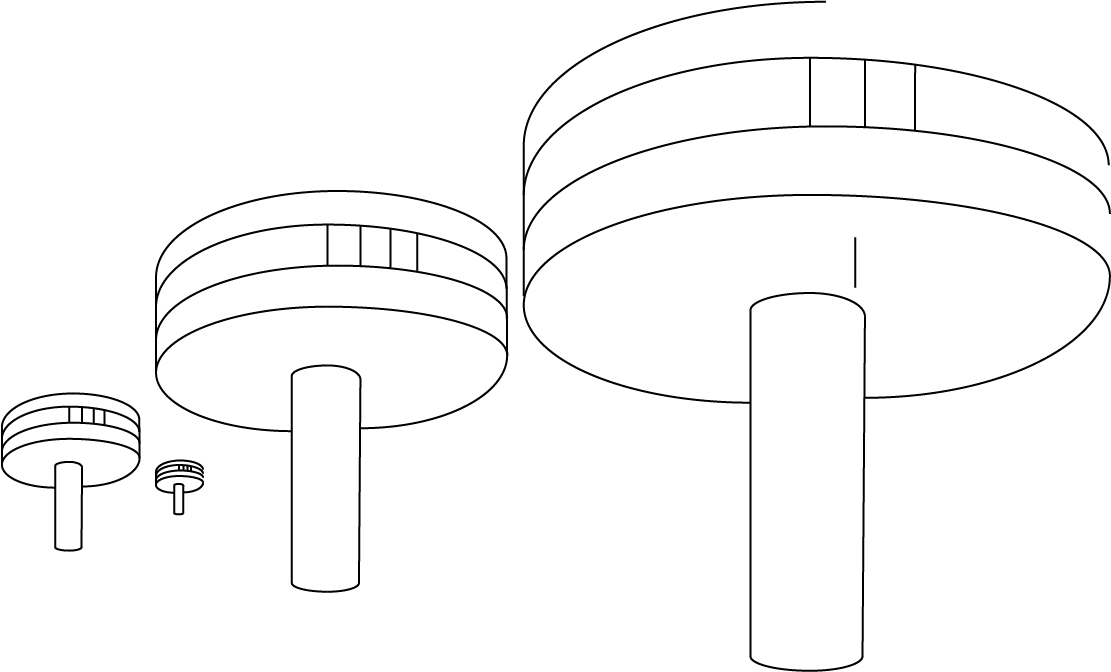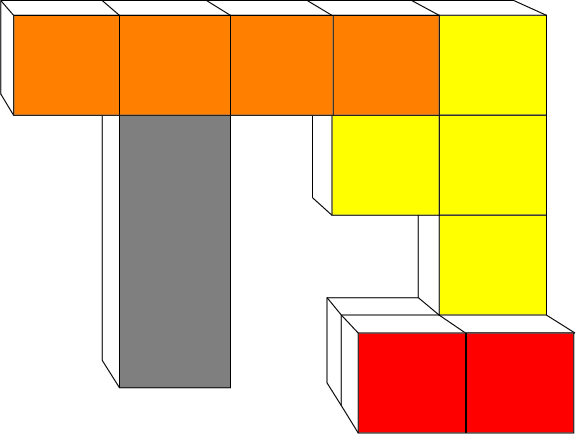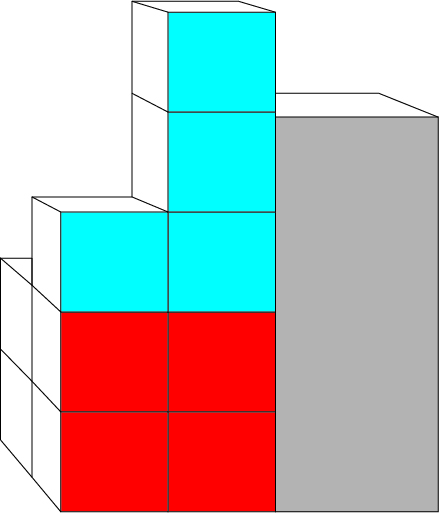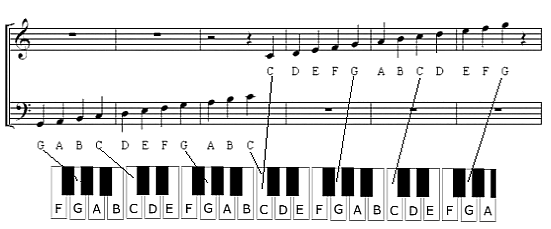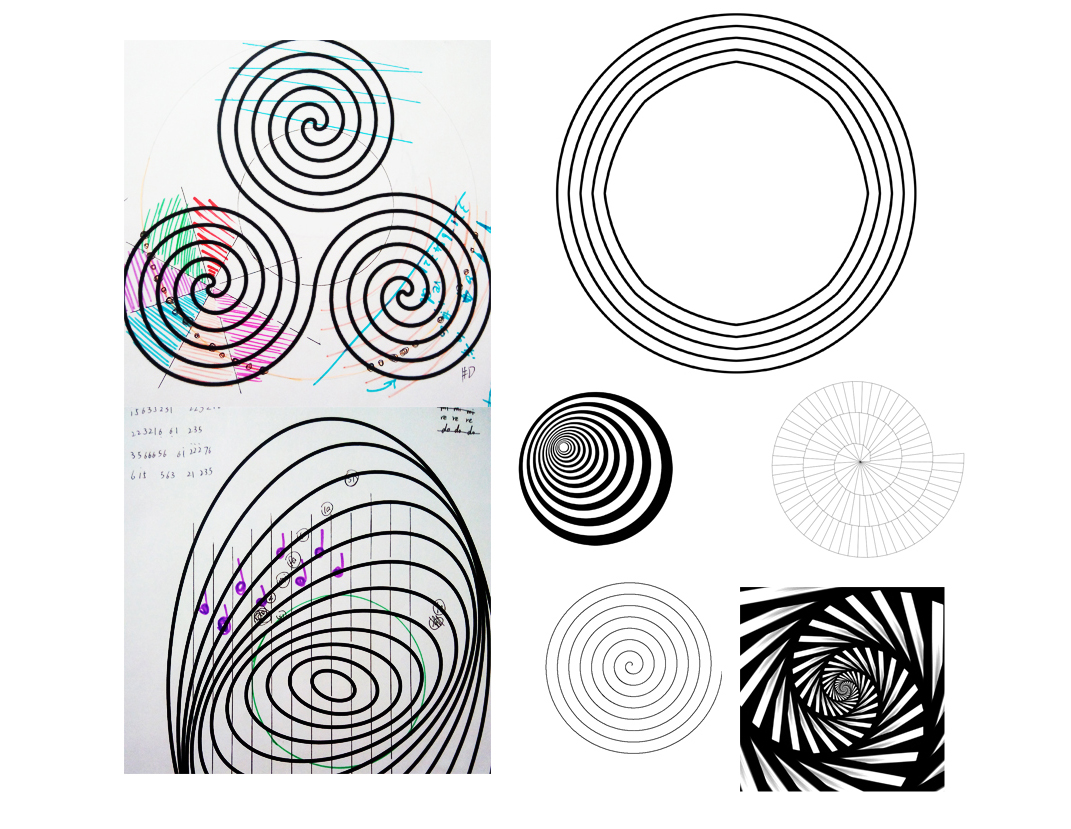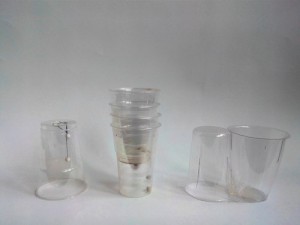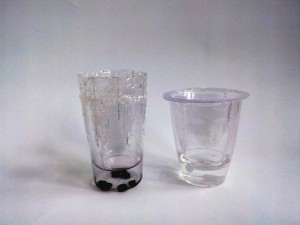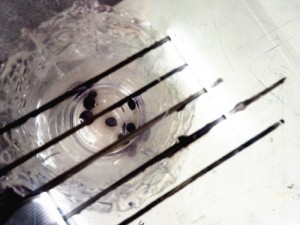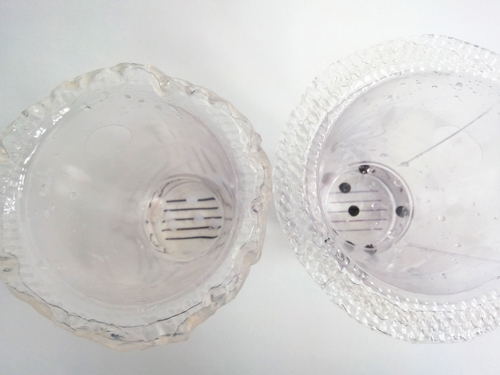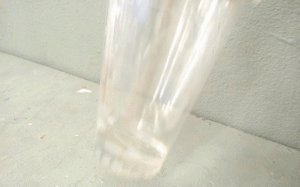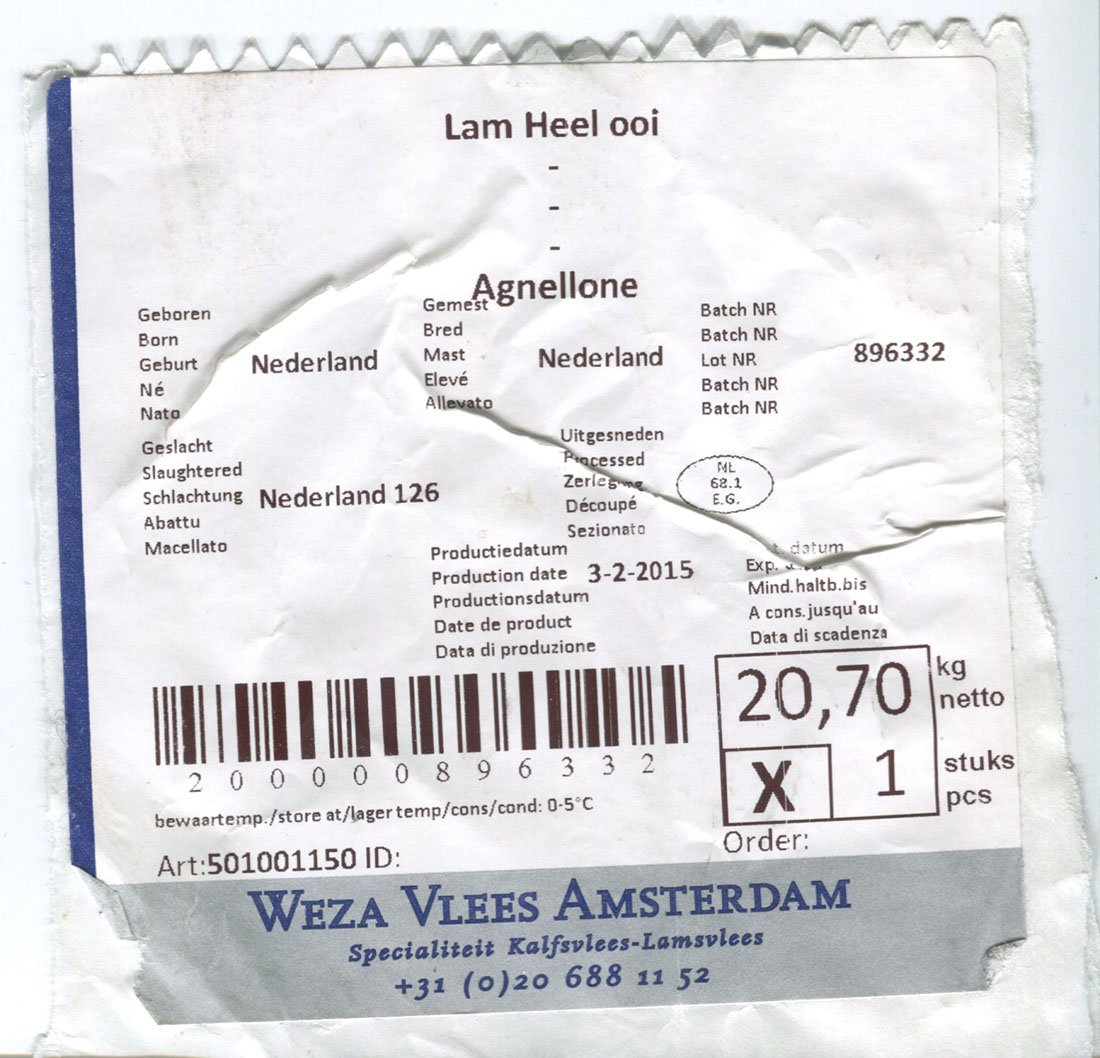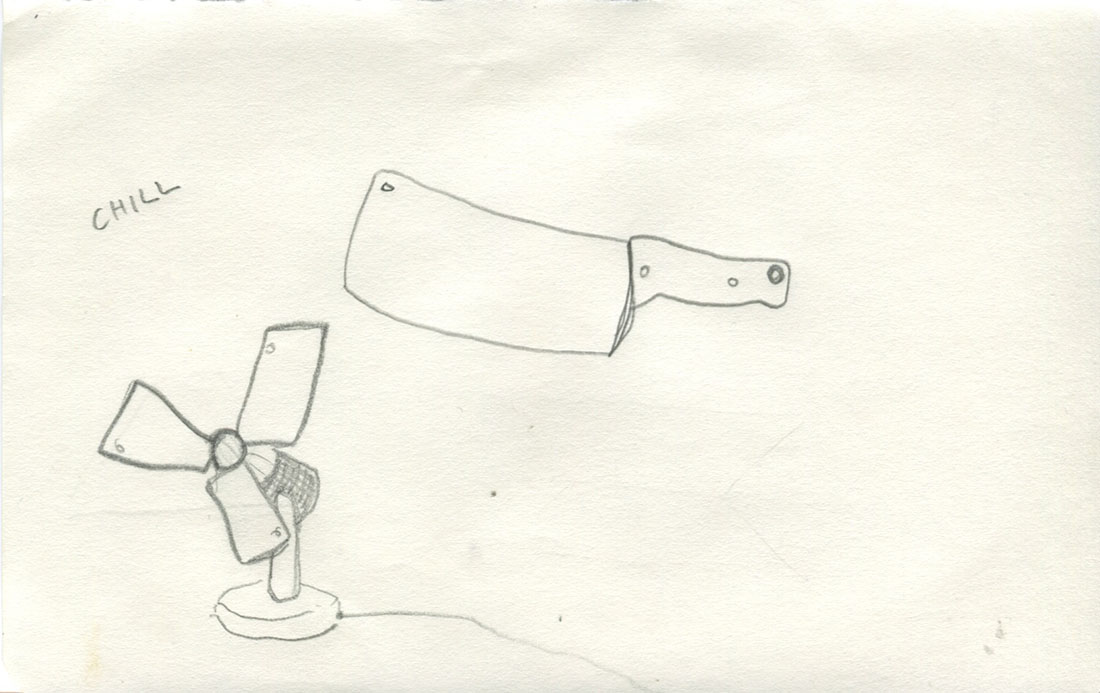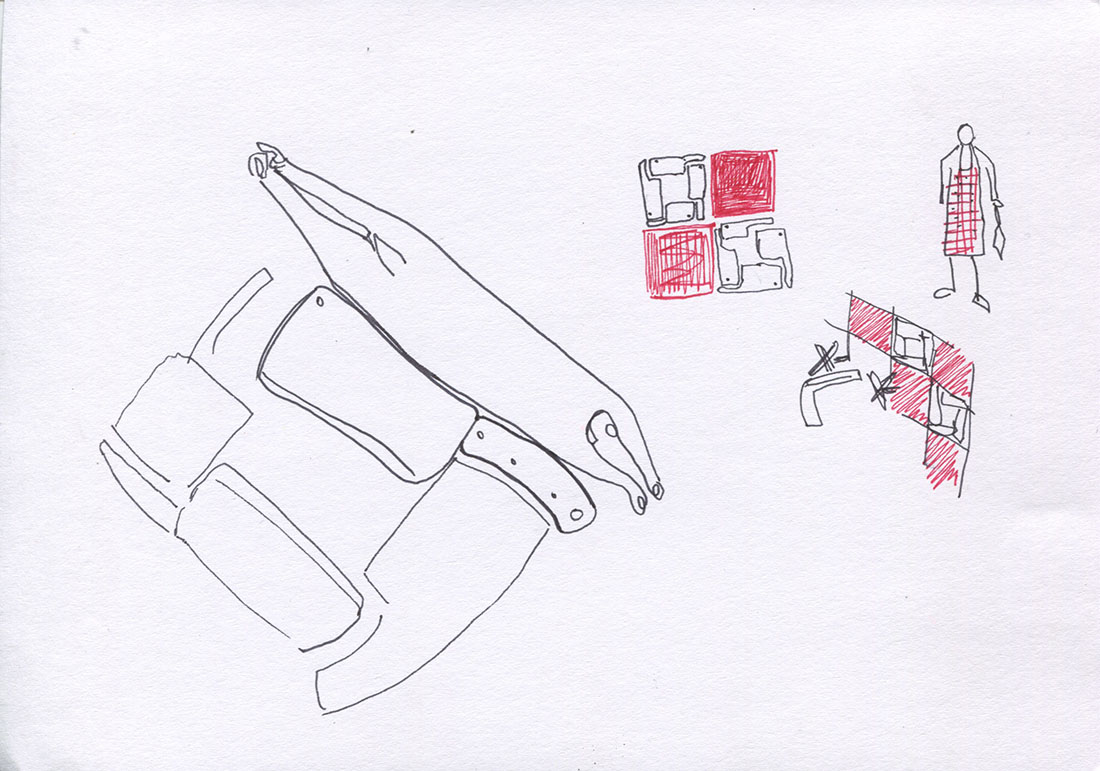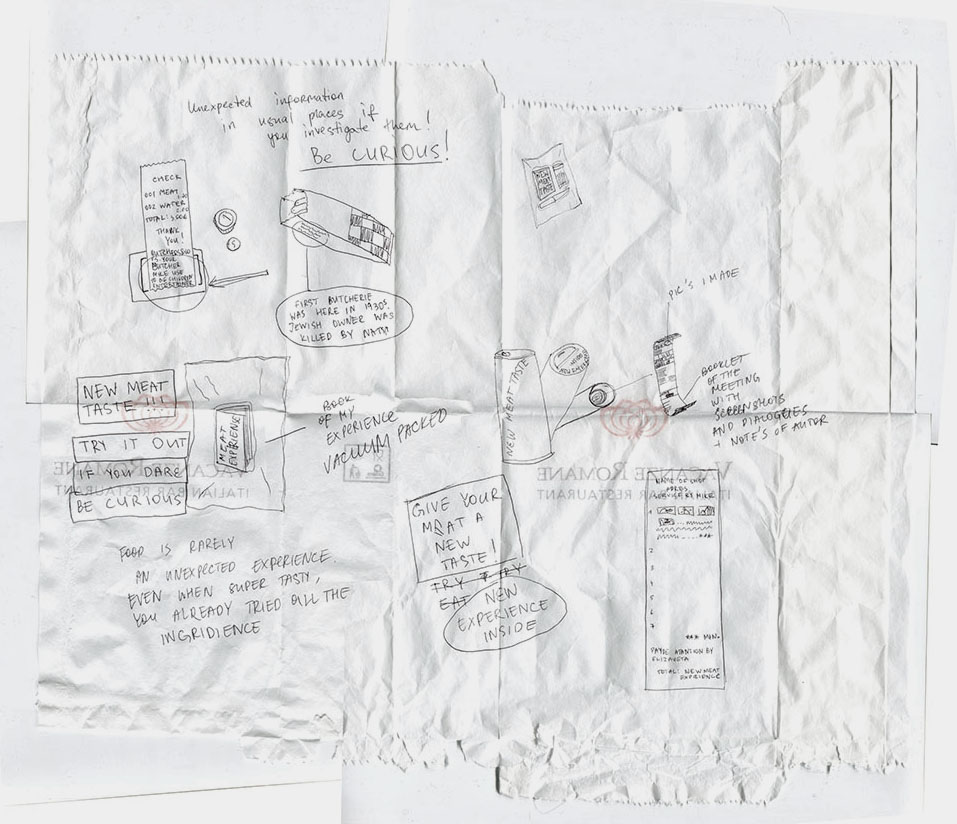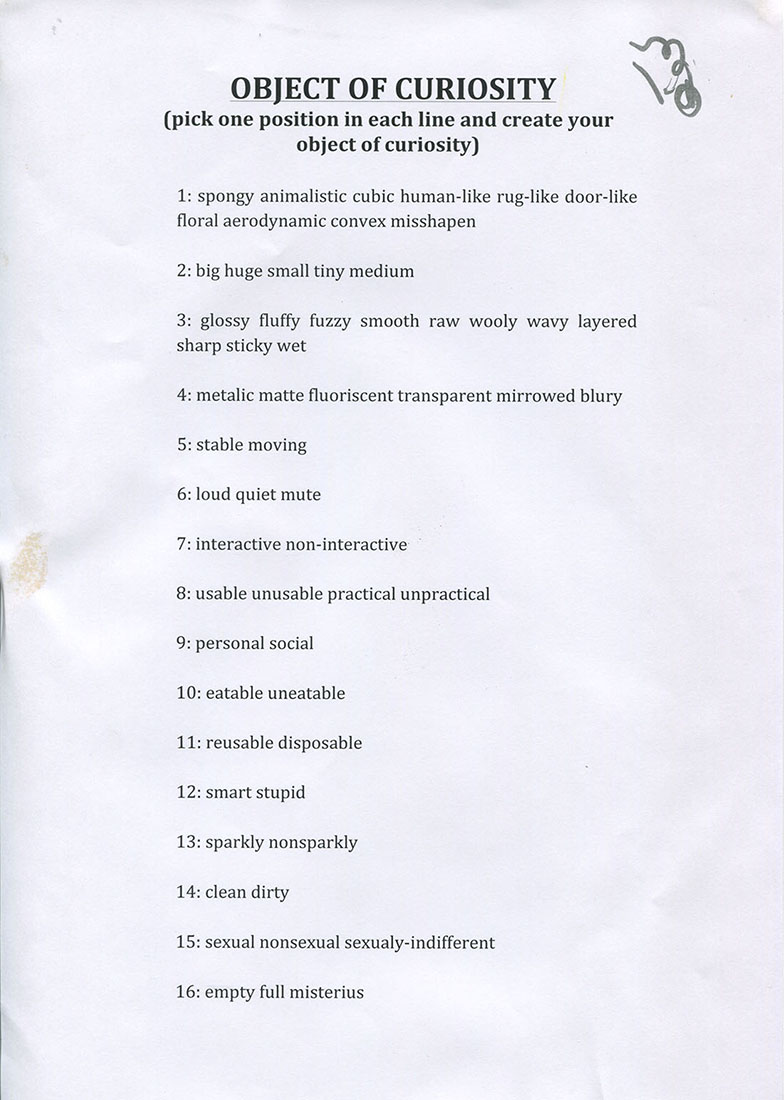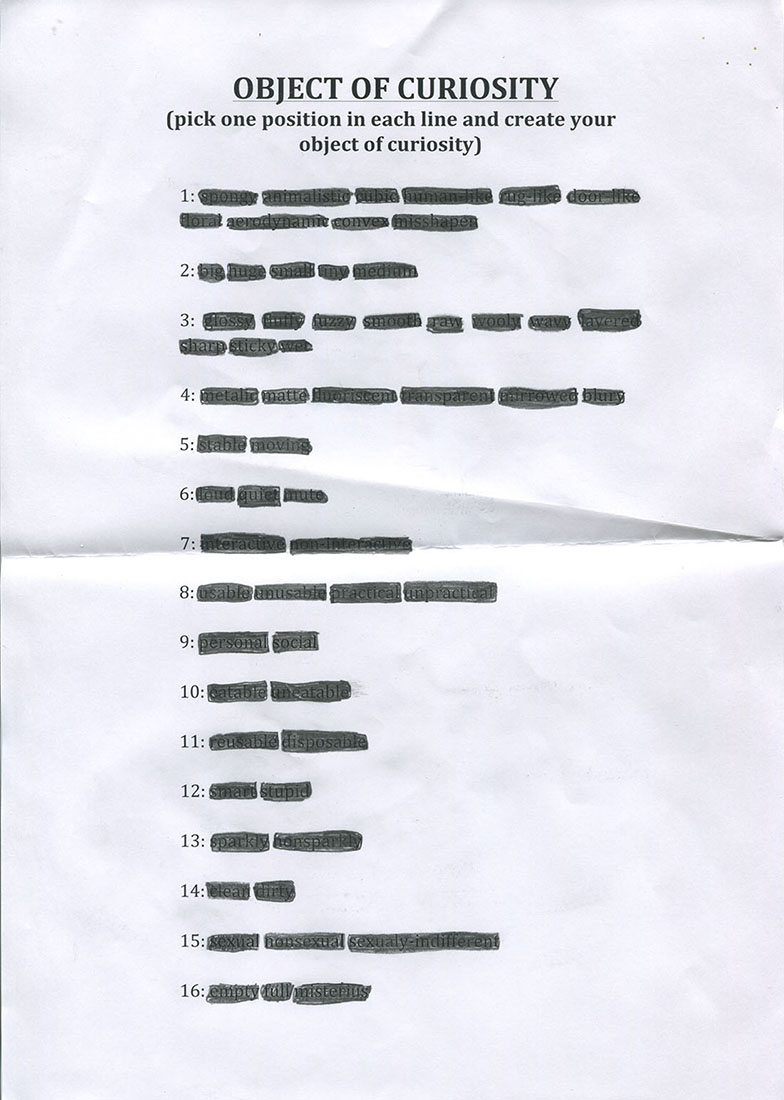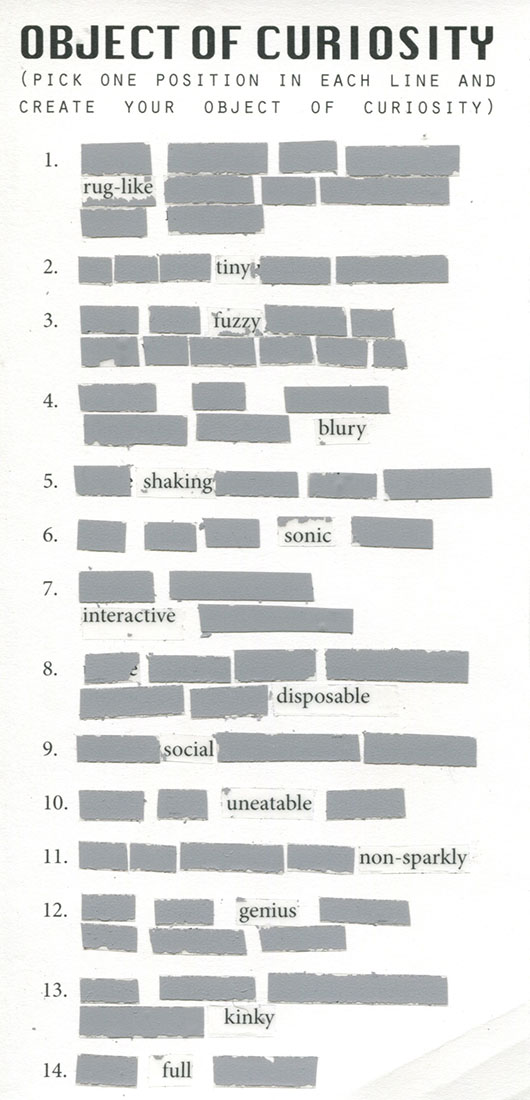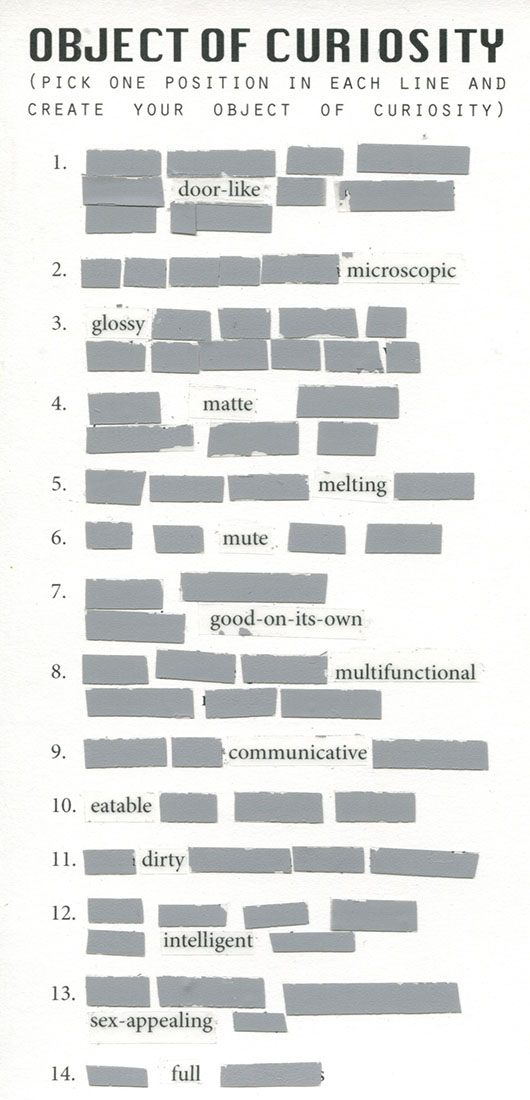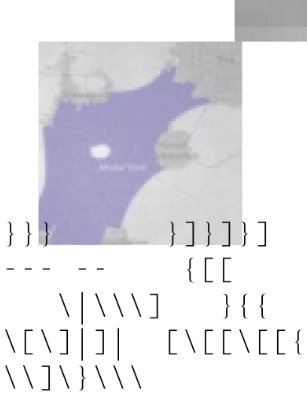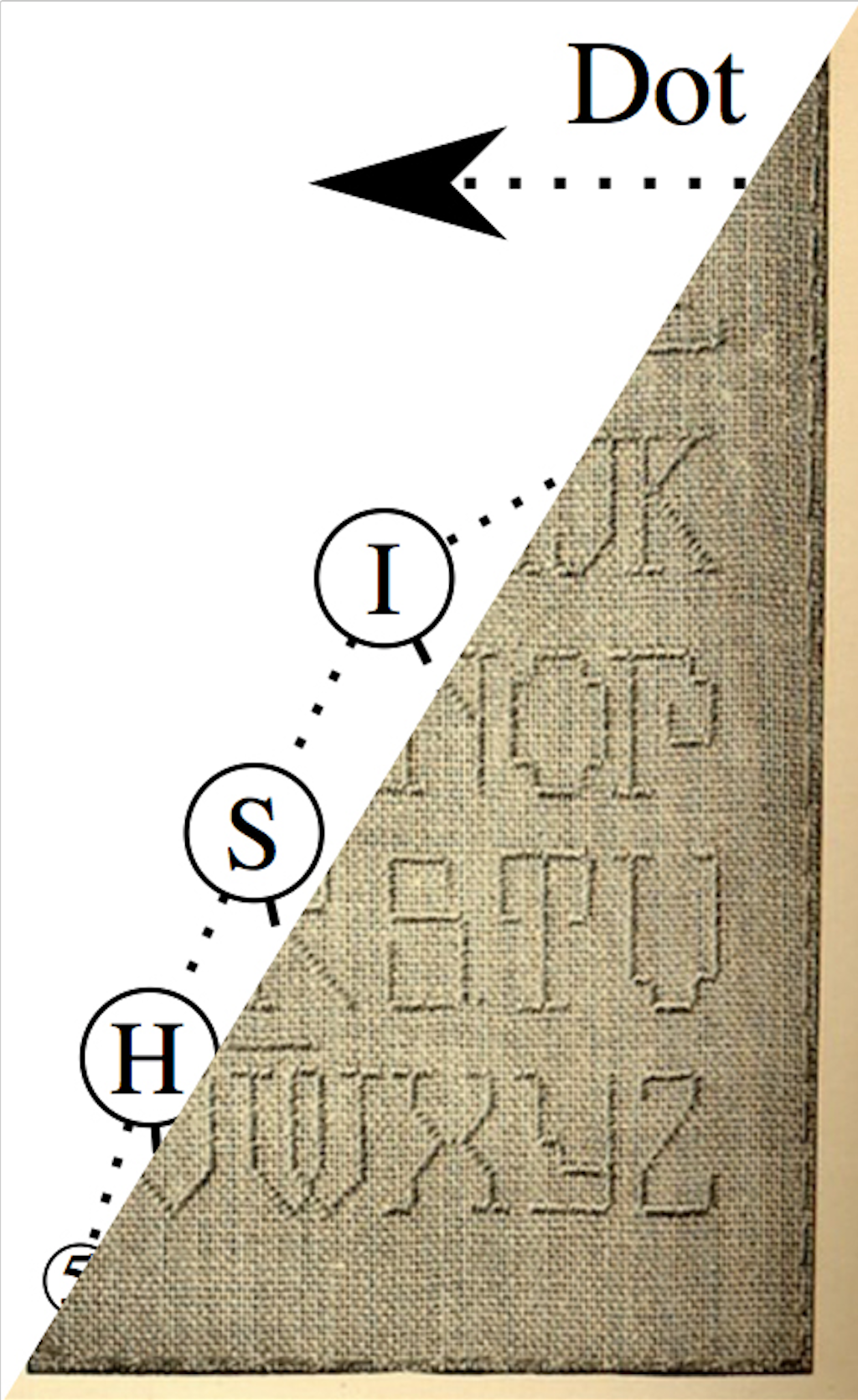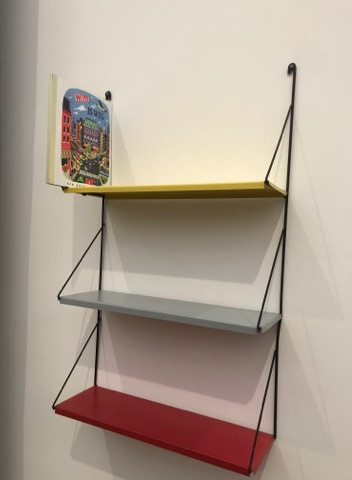We got the assignment to pick one artist and one designer at the Boijmans van Beuningen Museum, and that’s what we thought we’ve done. However, after researching Lars Englund and Niek Kemps we realized that they both are considered artists. This mistake manifests the confusion of the grey aria of what an artist and designer can be.
Lars Nittve, director of the Moderna Museet in Stockholm, stated that Lars Englund, Swedish sculptor, could not be put into a drawer: “Not abstraction. Not concretism. Not minimalism. Not even post-minimalism.” For the last 50 years he has been a leading figure in the Swedish art scene, beginning as a painter, but finding himself in sculptures.
What he took from painting is the line – some of his sculptures seem to be drawings in space. And this is what his work actually is about: space. Space and volume, density and lightness, surface and emptiness. About inner and outer space.
Built from thin metal or thick black rubber, solid concrete and see-through plastic, he invites the visitor to “enter my works – but only with your mind”.
The intensity between something and nothing builds up tension, questions about empty space open doors to philosophical conversations. His often very simple means leave room for the viewer.
Over the last 50 years Lars Englund didn’t only make 40 public sculptures in Sweden, he also presented the country at the Venice Biennale in 1978.
Niek Kemps is a Dutch artist born in 1952, working mainly in Holland and Belgium. He has done several noticeable monuments all over Holland. Since 1979 he has done over 50 exhibitions and are a part of the collections of Stedelijk Van Abbemuseum in Eindhoven, Stedelijk Museum in Amsterdam and Museum Boijmans Van Beuningen in Rotterdam to mention a few.
Monos II presented in the room titled mass at the Boijmans van Beuningen Museum is one half of an oval egg shape hanging on the wall, reminds one of the shape of a belly. The surface is covered with beige polyester and plaid. The work almost creates an optical illusion of infinity. When the oval space that he created is dividing the light, it generates this “never-ending” impression. In his other works one can see a re-appearance of negative and positive space. As well the creation of space to divide and manipulate light. An example is Memory Watch from 2004. In this work he divided/created space with huge half moon shaped screens with a texture similar to human skin. In this installation, one can view the same themes returning again.
In the exhibition „Setting the Scene“ in the Boijmans van Beuningen Museum Rotterdam work of Lars Englund and Niek Kemps was put next to each other in the category Mass. Now it wasn’t as easy to tell who of them was an artist and who a designer, due to the shape and the setting of the works. Englund’s piece “Volume” could easily have been a design piece. Also our background knowledge about the artists and the spare guidance by the museum led to confusion and made it impossible to tell the difference.
While diving deeper into the works of Kemps and Englund, we found several similarities between the two: the architectural aspects in their work, the usage of space and non-space, the in- and excluding of space.We nearly got the impression, that they were the Dutch and the Swedish version of the same concept. Both of Englund and Kemps work falls in to a group of artists that could be perceived as designer and architects due to the structural appearance of their work.
Also in the approach of the artists themselves towards their works you can see that they are artists, and not designers, since their objects have a lot more depth than mere functional objects. If you review the artworks from the exhibition in the context of the whole oeuvre of the artists the artistic essences of the works appear.
Why the works were put under the category “Mass”? We don’t know, since the works are more likely being labelled with words like volume, surface, space, density or lightness. The concept of comparing works from the fields of art and design was clear to us, however the categorization in the different rooms caused more confusion than clearness. We would have wished for a more open approach and a more clear connections between the artists and designers.


